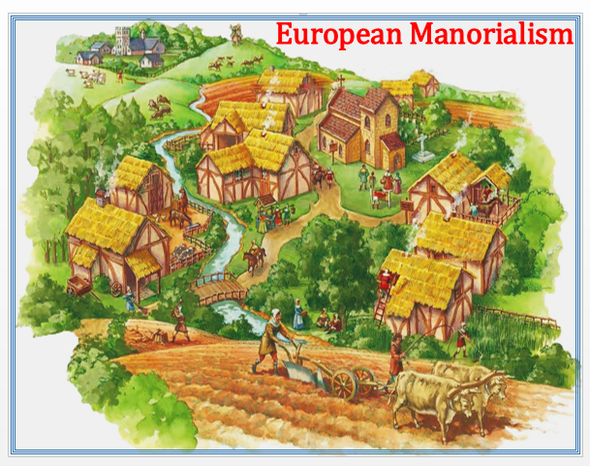Description
This lesson covers the end of Medieval Europe. By the end of this lesson, students will be able to explain how Feudalism and Manorialism weakened, thereby strengthening European monarchs and weakening the nobility and ushering an end to the political system of the Middle Ages.
Topics that are covered include: the Crusades, the Great Schism, the Black Death, and the Hundred Year's War.
The lesson begins with a powerpoint that establishes how Feudalism ends as nobles begin to lose power to the king.
The powerpoint then explains how the Great Schism and the Crusades help lead to this. Students then read an article about the Black Death and Hundred Year's War and complete a flow chart showing how these events help weaken the feudal and manorial systems.
Teacher's can then use the rest of the powerpoint once students are finished to go over their answers.
I like to end the lesson by having the students write a paragraph response to, "Which factor that we learned about today do you think contributed the most to the nobility losing power at the end of the Middle Ages? Support your answer with at least 2 specific facts."
For Texas teachers, this lesson specifically addresses the following TEK:
WH4 History. The student understands how, after the collapse of classical empires, new political, economic, and social systems evolved and expanded from 600 to 1450. The student is expected to: (G) explain how the Crusades, the Black Death, the Hundred Years' War, and the Great Schism contributed to the end of medieval Europe
Created by Dan Nguyen - Visit My Store















